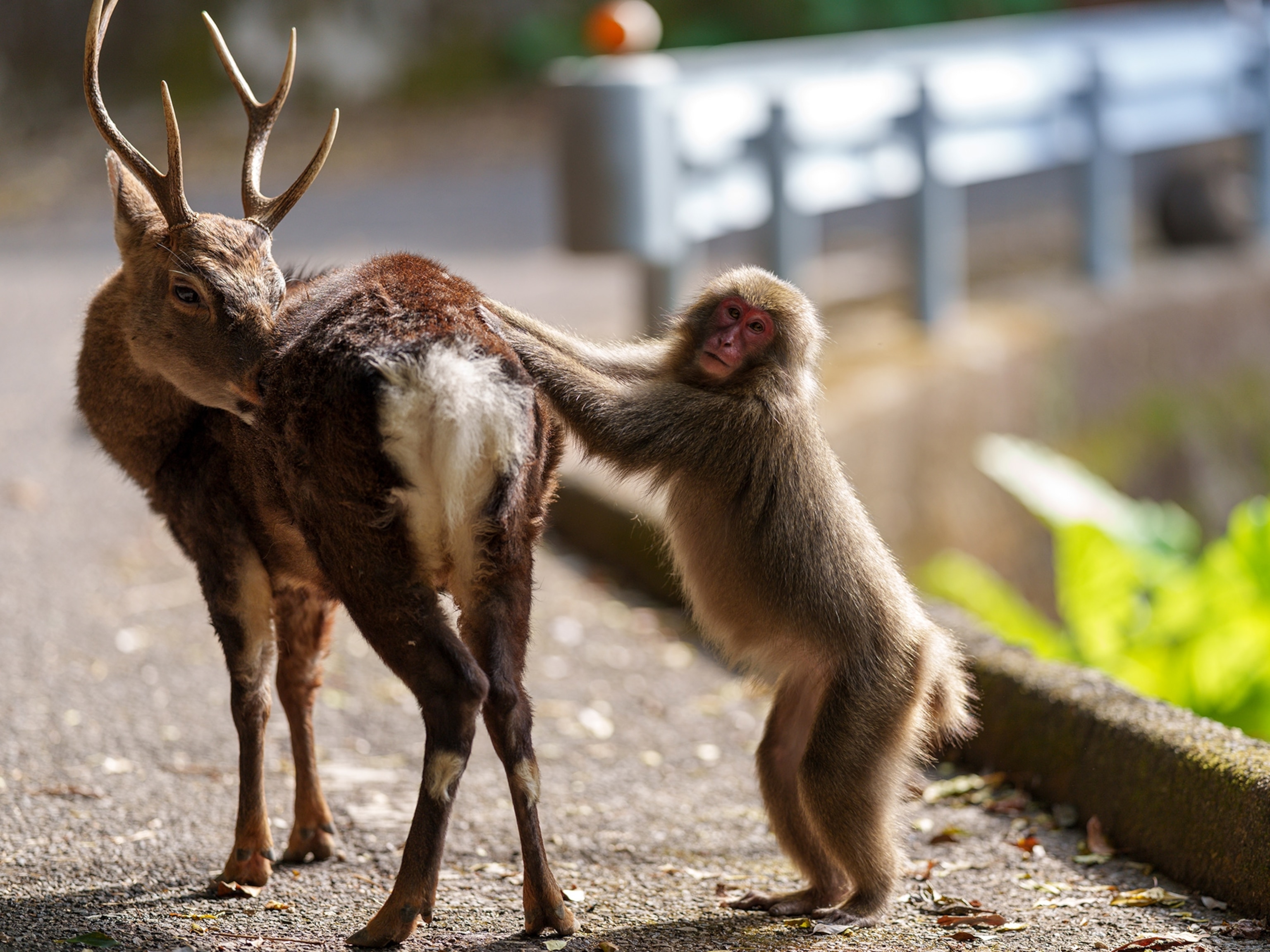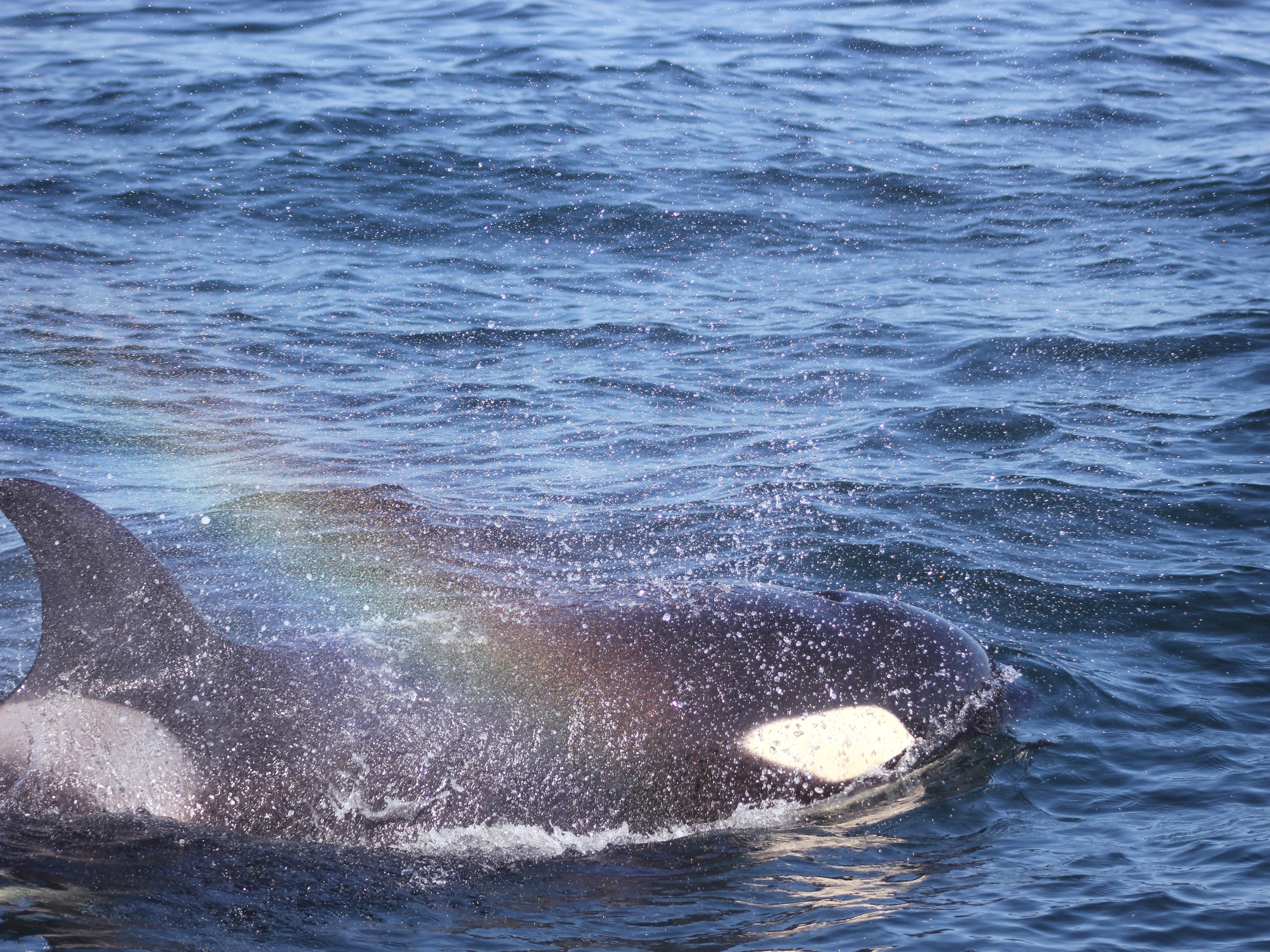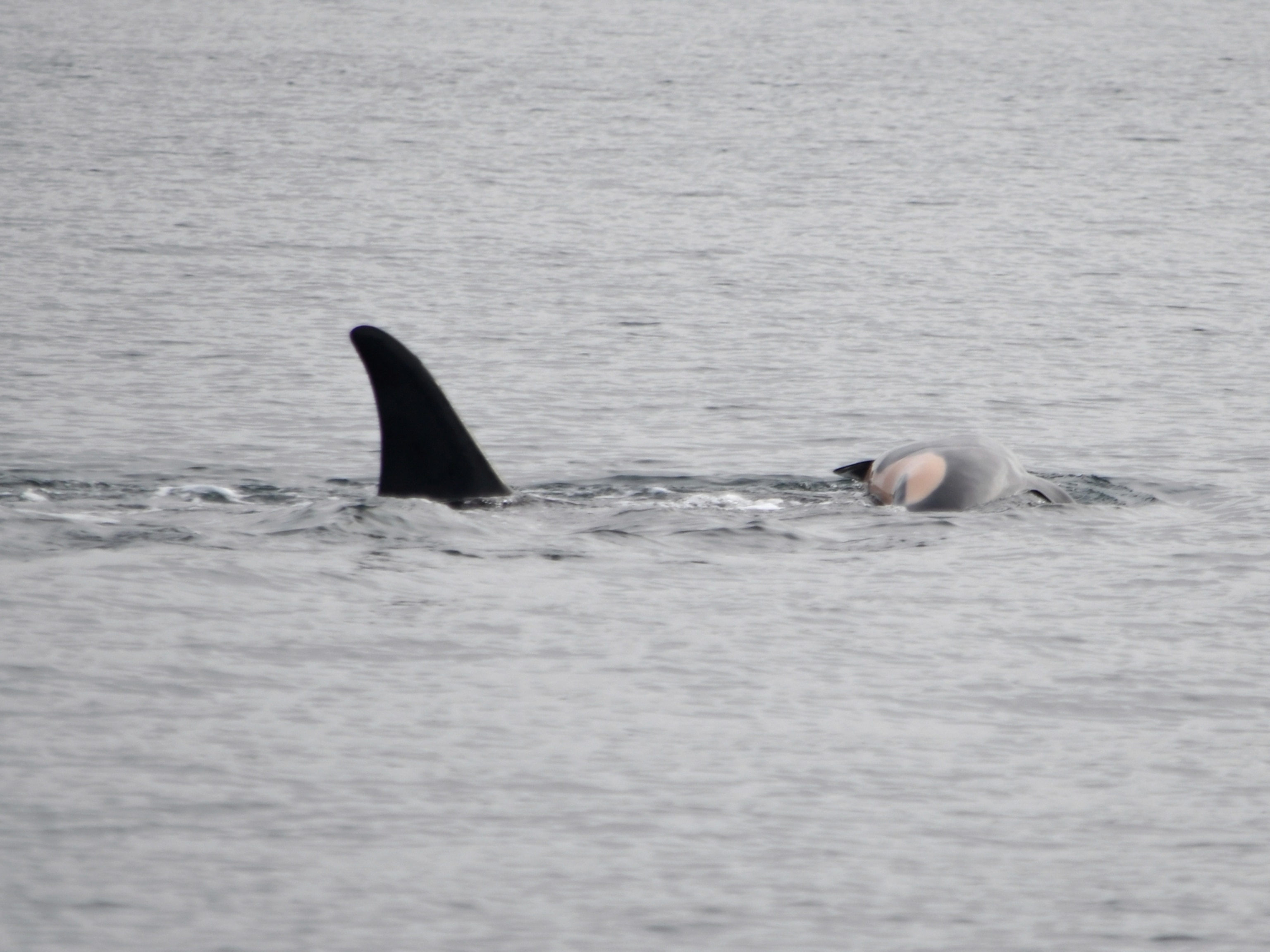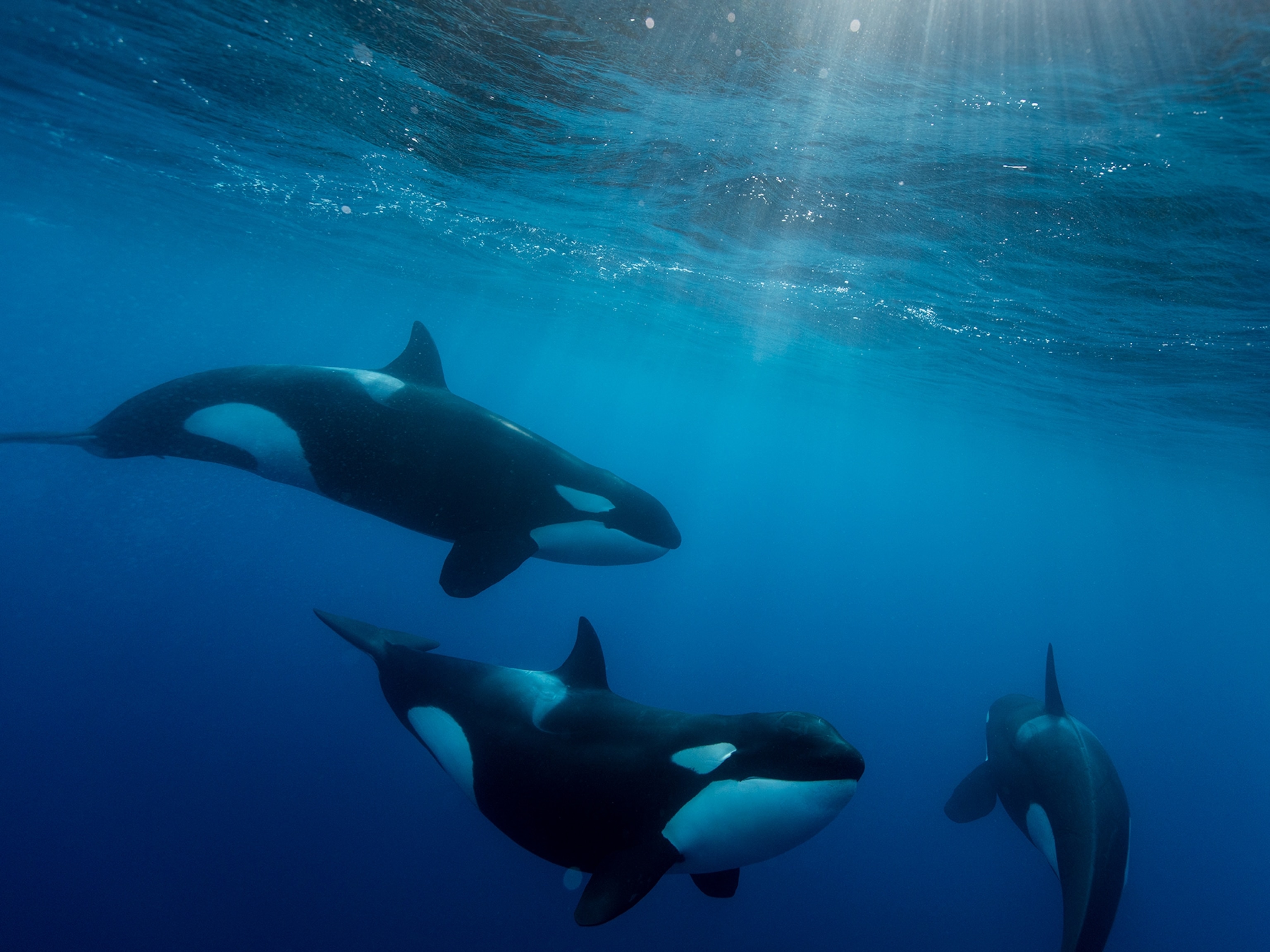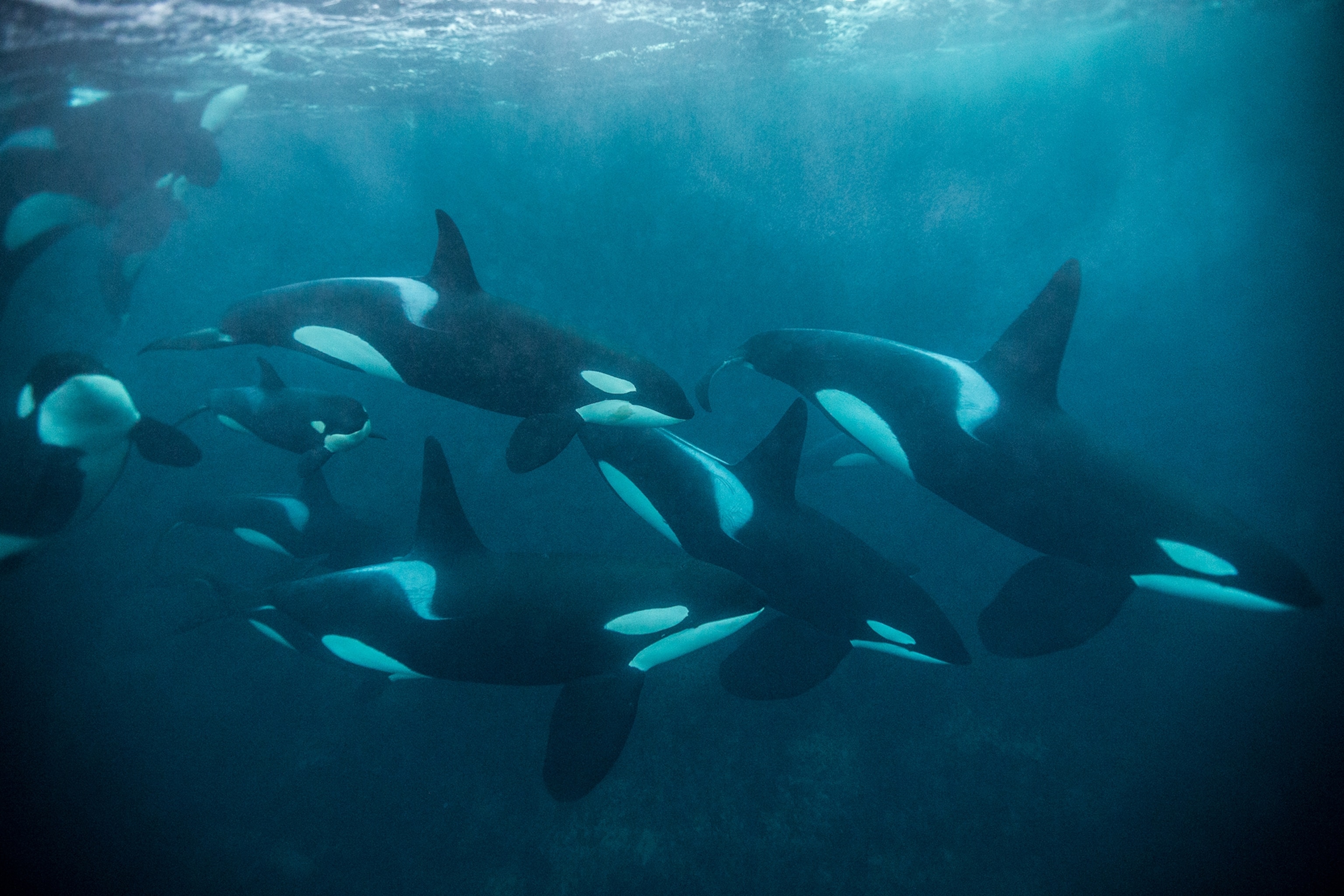
6 Animals That Are Stellar Stepdads
It's rare, but some males in the wild care for kids that may not be their own.
Think your family is dysfunctional? In the wild, males will sometimes kill the young of another male and replace them with his own. Lions do it. Even dolphins. As cruel as it sounds, it makes genetic sense to erase a rival’s DNA.
But occasionally, a male will not only let his rival's offspring live—but also care for them. These surrogate dads are pretty rare, raising the question: Why would any male spend energy on babies not his own? (Read about five benefits of fathers that may surprise you.)
First, not all species are monogamous, and father-like behavior can accompany polyandry—a phenomenon in which a female takes multiple mates, leaving paternity a mystery.
“If there is some chance the infant might be his," it's worth protecting and helping raise that family, says David C. Geary, an evolutionary psychologist at the University of Missouri.
Second, becoming or posing as a stepdad can be a way to form a special relationship with the infant’s mother, “which in turn increases his future matings with her,” Geary says.
In some cases, a male might develop “friends with benefits” with a female or two within a group. For instance, female baboons with kids are often harassed by males, so if a particularly kind male protects a mom's young from those harassers, that female may reward the helpful male with his own offspring.
Finally, being a nice guy can influence other social relationships, such as boosting the profile of a lower-ranked male in the eyes of more dominant animals, Geary notes. Consider it a form of networking.
In honor of Father's Day, check out these five species in which males coddle offspring even when the baby daddy is unknown. (Related: "Father's Day at 100: How It Began, Why Dads Get Fewer Gifts.")
Barbary Macaque
In the same way babies tend to bring people together, infant Barbary macaques can “reduce tension with other males or ... initiate [an] affiliation with another male,” Geary says.
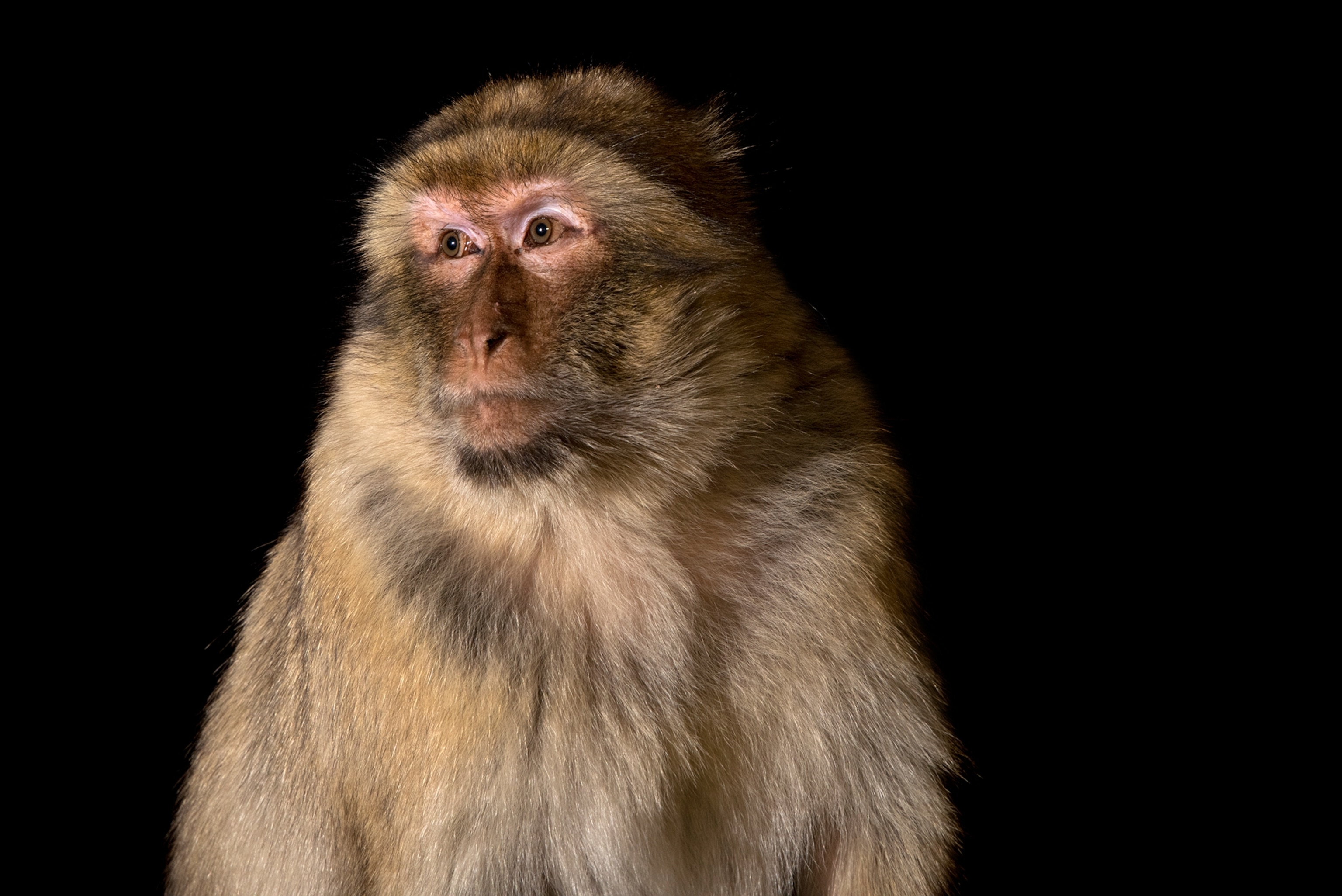
A male Barbary macaque toting a random infant may gain access to a higher ranking male—and possibly build a better relationship between the two guys down the line. (For Father’s Day, see 15 pictures of awesome dads.)
Interestingly, this networking is stressful for the social climbers, according to studies of cortisol levels in the North African animals. But that might be part of the point, those reports suggest. The message may be, 'Look at how well I’m handling this stress. I’m a real man.'
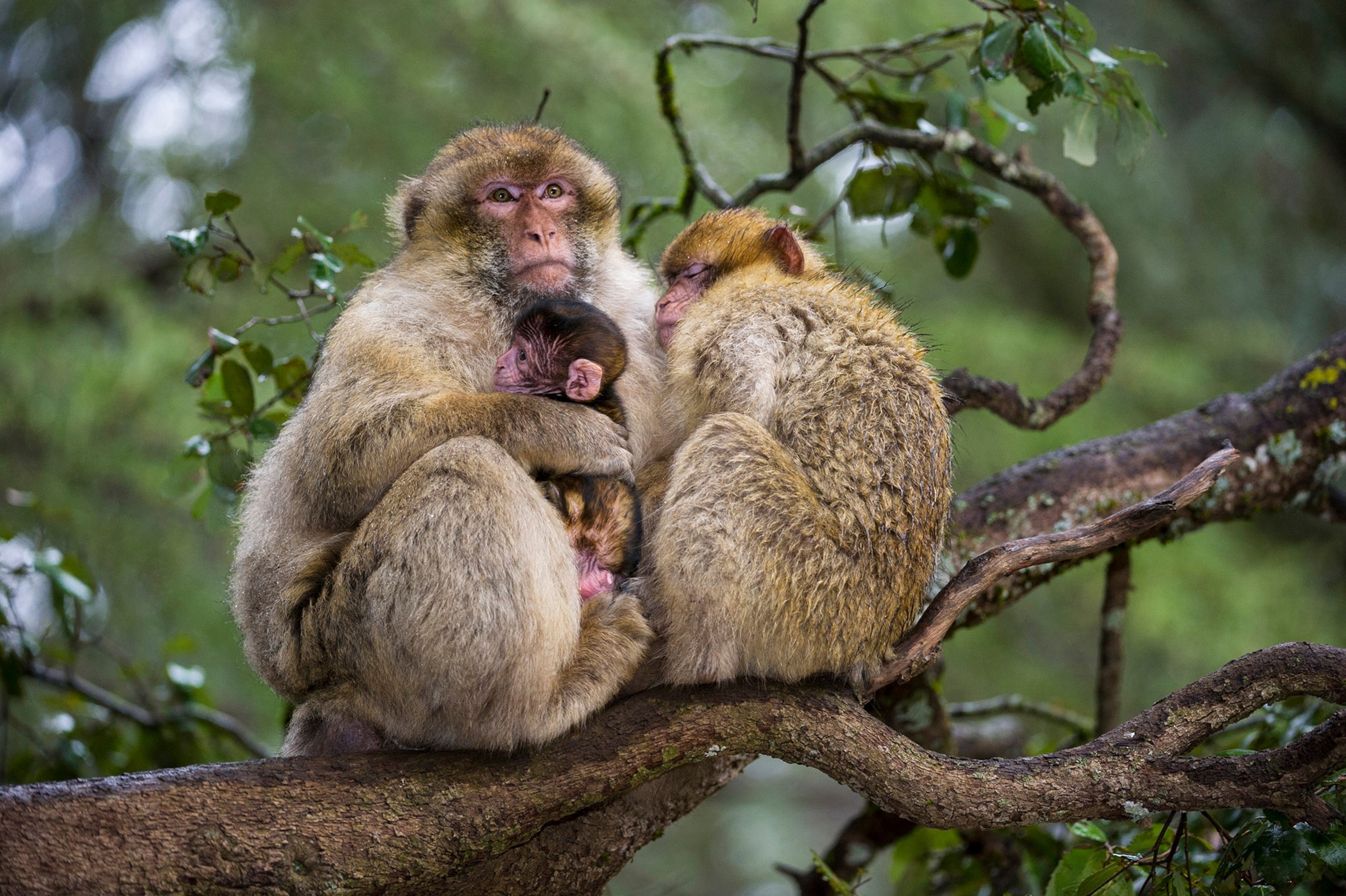
Orca
Male killer whales mate with various partners, but have no role in their own calves’ upbringing.
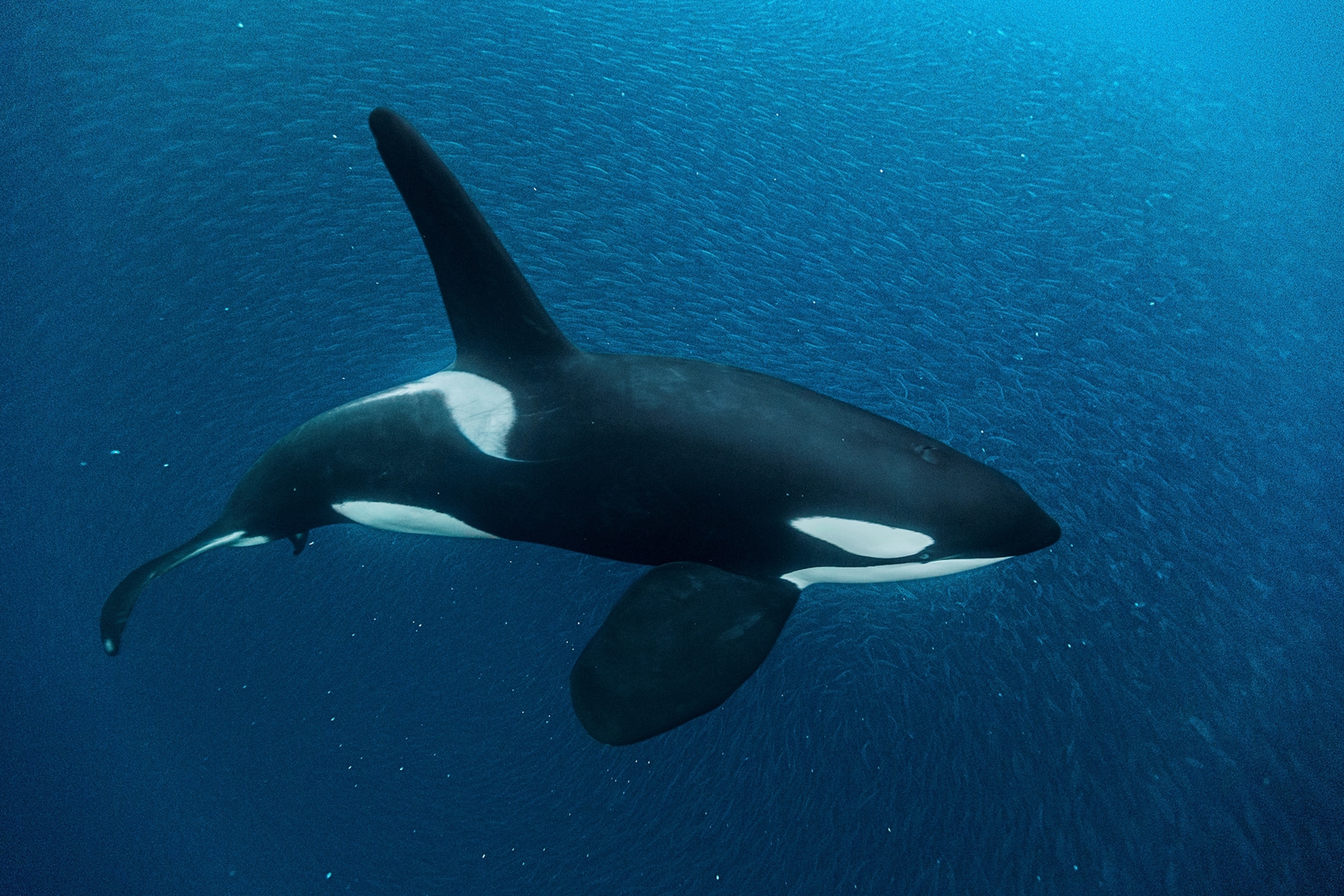
Instead, they stick with mom and help care for siblings, nieces, and nephews, all fathered by outside males.
This cooperative social structure reduces male rivalry and gives all dads a vested interest in the success of calves, according to the Center for Whale Research in Washington State. (See pictures of all-star animal dads.)
Galapagos Hawk
Unlike some male birds that interfere with other male’s advances or kill another’s young, these island-dwelling hawks are cooperative breeders and thus good at sharing.
Research in the 1990s revealed all males in the territory breed with a female fairly equally, so each has about the same likelihood of fertilizing her eggs. The unknown in this case appears to drive the possible dads to give their all at the nest.
Saddleback Tamarin
Male saddleback tamarins of South America plan ahead: They take care of infants regardless of their paternity because females are likely to reward these helpers with their own progeny down the road. (Also read "Monkey Dads Gain Weight With Their Mates.")
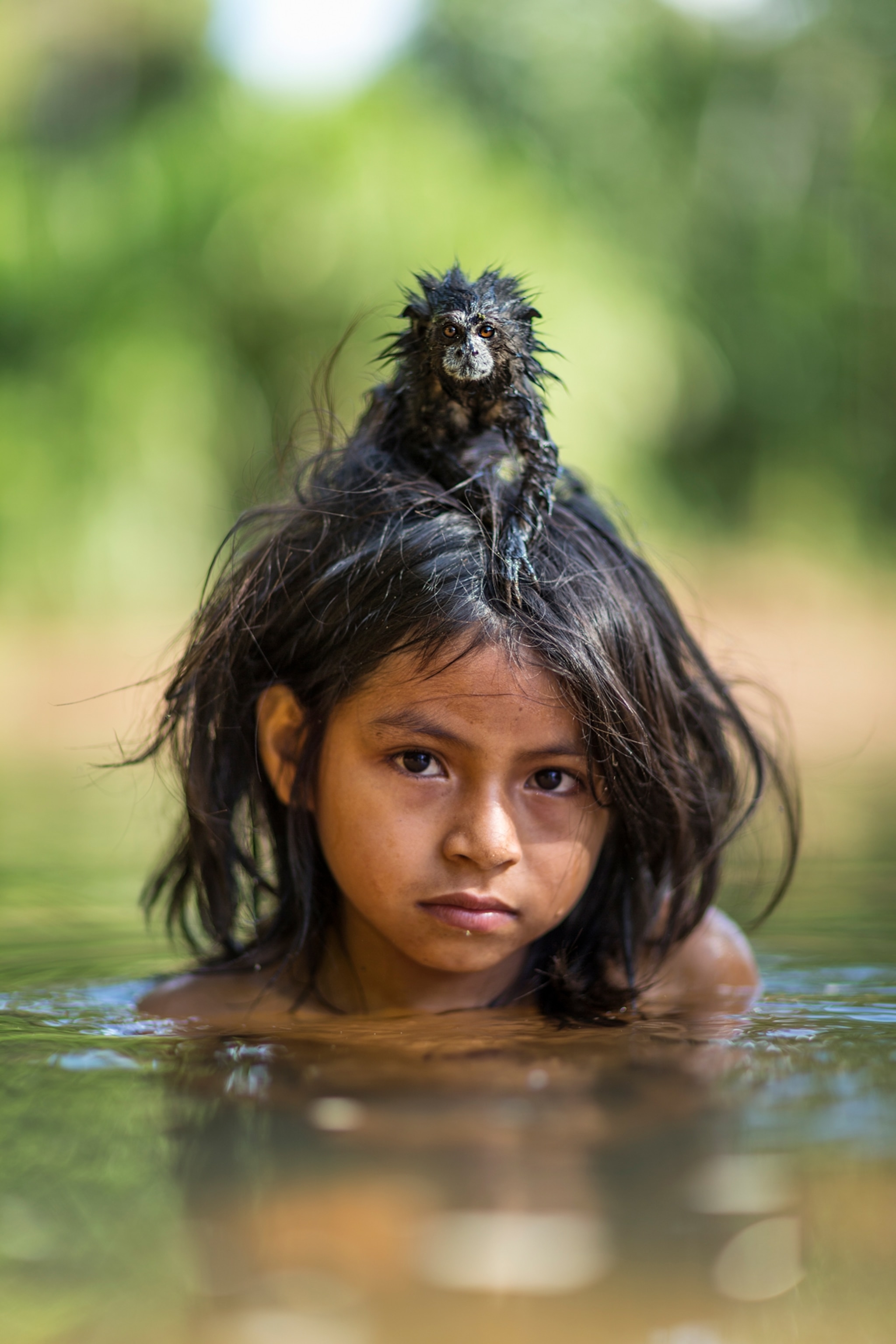
Baby tamarins, which tend to come in pairs, are big enough that females need help with rearing, but small enough that predation is a problem. That means more childcare is a good thing.
“The size of the offspring and the reduced burden on mom due to males’ help allows her to have more young [and a longer reproductive life span] than would otherwise be the case,” Geary explains.
Wattled Jacana
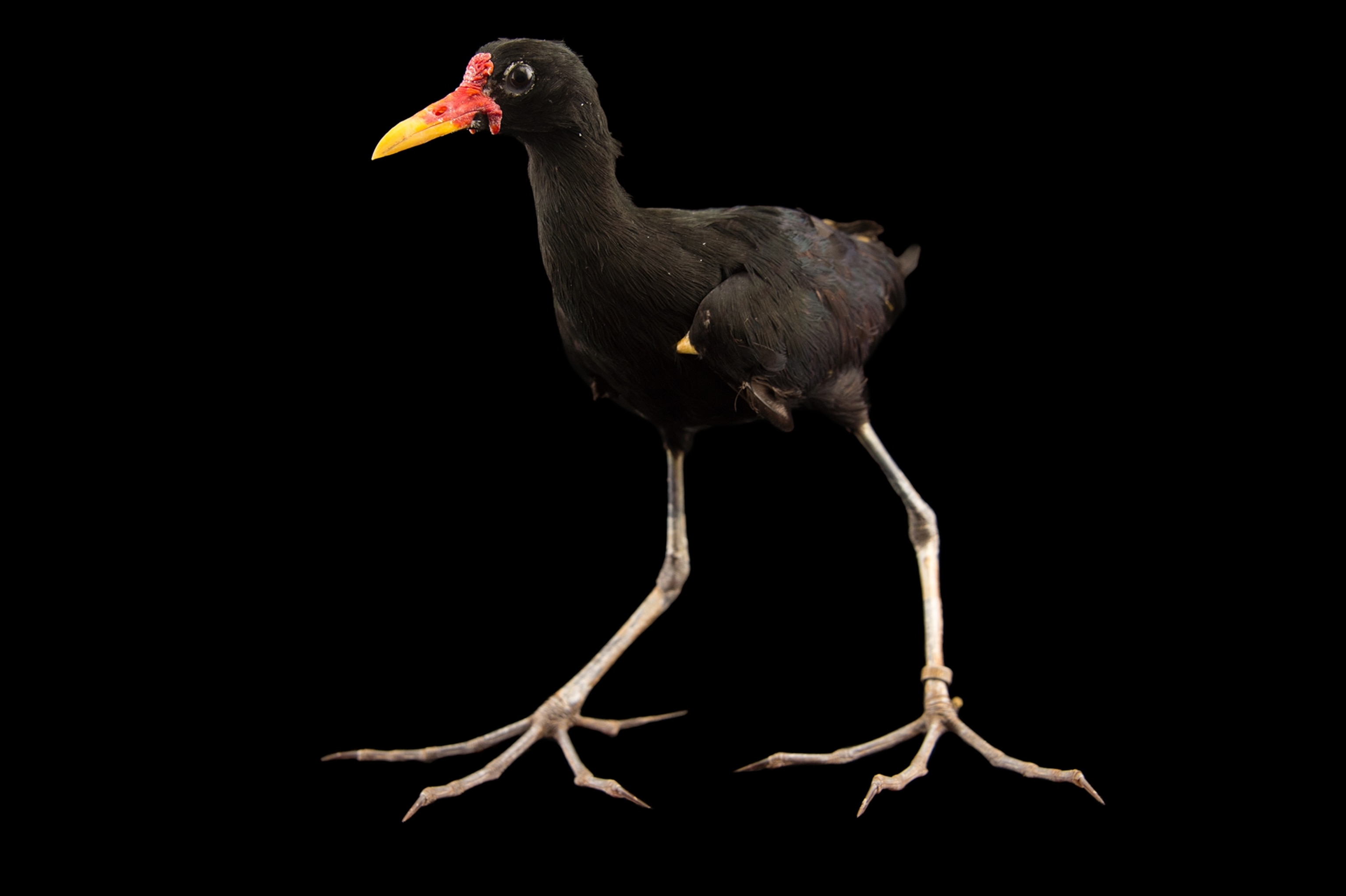
These tropical wading birds, of Central and South America, have a very unusual family structure: According to the Cornell Lab of Ornithology, females mate with many males (polyandry again), but the males end up doing all the incubating and raising of the chicks—even though each male may have more than a 70 percent chance of caring for a mixed-paternity nest.
But they really don’t have much choice: Finding a less promiscuous mate would take time and effort, so a male is better off putting that energy toward a nest full of offspring—even if just one of them is his own.

